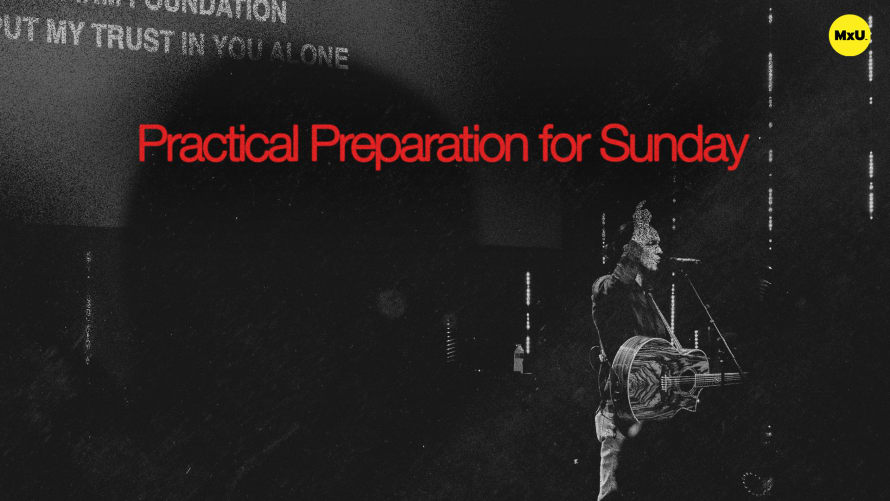
Premium
Sign up to watch How to Run a Soundcheck and gain access to 500+ more Premium MxU videos.
Team
$99 .95
Per month, billed monthly.
For worship & tech teams
$83 .29
Per month, billed yearly.
For worship & tech teams
- Full course & video library
- Add your team
- Assign training
- Automated training workflows
- Create your own courses & videos
- Multi-campus support
- Organize with groups
Solo
$19 .95
Per month, billed monthly.
Just you, full content library
$16 .63
Per month, billed yearly.
Just you, full content library
- 889+ training videos
- Full course & video library
- Add your team
- Workflows, assignments, create courses & videos
More Premium Videos
How to Run a Soundcheck
No actions available
Explore the process of creating and executing an effective soundcheck for your band on Sunday morning. From initial setup and line checks to tips on a consistent console file and more, gain practical tips for improving your soundcheck process. Make tweaks as needed and ensure clear communication between musicians and the monitor engineer or whomever may fulfill that role in your church.
Line Check and Initial Setup
Before the band arrives, it's crucial to perform a line check to ensure all inputs are correctly patched and showing up on the console. Using a consistent console file week-to-week helps streamline the setup process.
- Default Console File: Start with a preset console file if you have consistent players and setups.
Play a Familiar Song
To ensure everyone is playing and singing at their performance volume, start the soundcheck by playing a chorus from a song that will be part of the set.
- Full Volume Check: Play and sing at full volume to mimic actual performance conditions.
- Adjustments: Make necessary tweaks after the initial run-through to refine the mix.
Communicating Adjustments
Efficient communication is key to making effective sound adjustments and to running a cohesive soundcheck.
- Specific Requests: Musicians should communicate clearly, e.g., asking for "overheads up" or "vocals down."
- Monitor Engineer's Role: The engineer should anticipate needs and make proactive adjustments.
Starting Point for New Members
For new musicians, provide a baseline starting mix to help them integrate quickly.
- Mix Setup: Include a nominal level of all instruments and a little more of their own voice or instrument.
- Efficiency: This approach saves time and helps new members get comfortable quickly.
Final Adjustments
After initial adjustments, revisit the song and make any final tweaks to ensure everyone is satisfied with their mix.
- Consistency: Ensure all levels are consistent for a balanced mix.
- Final Check: Play through the song again to confirm all adjustments are effective.
Courses
Topics
Categories
Worship
201
Premium Videos
Nothing added









